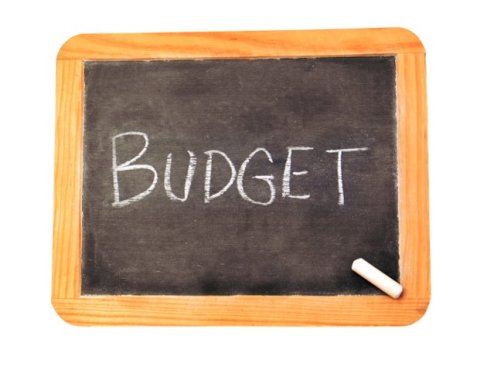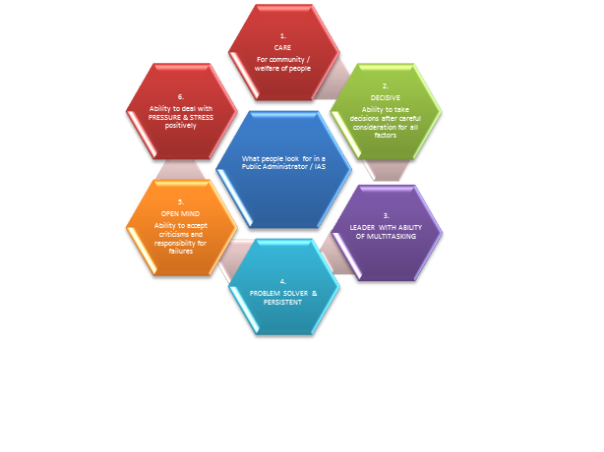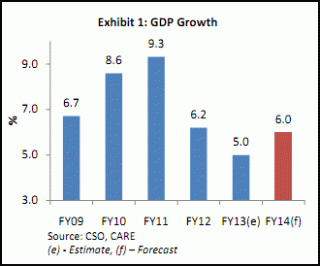The budget process in India, like in most other countries, comprises four distinct phases:
i) Budget formulation- preparation of estimates of expenditure and receipts for the ensuing financial year;
ii) Budget enactment- approval of the proposed Budget by the Legislature through the enactment of Finance Bill and Appropriation Bill;
iii) Budget execution- enforcement of the provisions in the Finance Act and Appropriation Act by the government—collection of receipts and making disbursements for various services as approved by the Legislature;
iv) Legislative review of budget implementation- audits of government’s financial operations on behalf of the Legislature.
Process commences in August- September
By convention, the Union Budget for next financial year is presented in Lok Sabha by the finance minister on the last working day of February. However, the process of budget formulation starts in the last week of August or the first fortnight of September. To get the process started, the Budget Division in the Department of Economic Affairs under the Ministry of Finance issues the annual budget circular to all the Union government ministries/departments around August- September. The Circular contains detailed instructions for these ministries/ departments on the form and content of the statement of budget estimates to be prepared by them.
Three kinds of figures in a Budget
The ministries are required to provide three different kinds of figures relating to their expenditures and receipts during this process of budget preparation. These are:
- budget estimates
- revised estimates
- actuals
Let’s understand this in the context of Union budget 2013-14, which was presented, as usual, on 28th of February 2013 by the Finance Minister, Shri P Chidambaram on the floor of LokSabha. However, the process of its formulation would have got started in August 2012 through issuance of budget circular of the Budget Division and this process would have continued till February 2013
The approval of Parliament is sought for the estimated receipts/expenditures for 2013-14, which would be called budget estimates. At the same time, the Union government, in its budget for 2013-14, would also present revised estimates for the ongoing financial year 2012-13. The government would not seek approval from Parliament of revised estimates of 2012-13; but, these revised estimates allow the government to reallocate its funds among various ministries based on the implementation of the budget for 2012-13 during the first six months of financial year 2012-13. Finally, ministries also report their actual receipts and expenditures for the previous financial year 2011-12. Hence, the Union budget for 2013-14 takes into account a total of 3 financial years 2013 -14, 2013 -12 & 2012 – 11 which consists of budget estimates for 2013-14, revised estimates for 2012-13, and actual expenditures and receipts of 2011-12.
Planning Commission comes in
The ministries would provide budget estimates for plan expenditure for budget estimates for the next financial year, only after they have discussed their respective plan schemes with the Central Planning Commission. The Planning Commission depends on the finance ministry to first arrive at the size of the gross budgetary support, which would be provided in the budget for the next annual plan of the Union government. In principle, the size of each annual plan should be derived from the approved size of the overall Five-Year Plan (12th Five-Year Plan, 2012-13 to 2016-17, in the present instance). However, in practice, the size of the gross budgetary support for an annual plan also depends on the expected availability of funds with the finance ministry for the next financial year.
Reducing deficit, a priority
In the past few years, the finance ministry has been vociferously arguing for reduction of fiscal deficit and revenue deficit of the Union government, citing the targets set by the Fiscal Responsibility and Budget Management Act and its rules. Hence, presently, the aspirations of the Planning Commission and Union government ministries with regard to spending face the legal hurdle of this Act, which has made it mandatory for the Union government to show the revenue deficit as nil (total revenue expenditure not exceeding total revenue receipts by even a single rupee) and the fiscal deficit as less than 3 per cent of GDP. This means new borrowing of the government in a financial year cannot exceed 3 per cent of the country’s GDP for that year.
Final stages of budget preparation
During the final stage of budget preparation, the revenue-earning ministries of the Union government provide the estimates for their revenue receipts in the current fiscal year (revised estimates) and next fiscal year (budget estimates) to the finance ministry. Subsequently, usually in the month of January, more attention is paid to finalization of the estimated receipts. With an idea about the total requirement of resources to meet expenditures in the next fiscal year, the finance ministry focuses on the revenue receipts for the next fiscal.
At this stage of budget preparation, the finance minister examines the budget proposals prepared by the ministry and makes changes in them, if required. The finance minister consults the Prime Minister, and also briefs the Union Cabinet, about the budget at this stage. If there is any conflict between any ministry and the finance ministry with regard to the budget, the matter is supposed to be resolved by the Cabinet.
Consultations with various stakeholders crucial
In the run-up to Union Budget each year, the Finance Minister holds pre-budget consultations with relevant stakeholders. The FM also holds consultations with Finance Ministers of States/Union Territories as well as Trade and Industry representatives. This has great significance for the process of budget formulation as it helps the FM take decisions on suitable fiscal policy changes to be announced during the budget. For this year’s budget, representatives from the agriculture sector, various trade unions, economists, banking and financial institutions and also social sector groups participated in these consultations in January 2013.
Among others, a delegation of People’s Budget Initiative also met Finance Ministry officials and shared the People’s Charter of Demands in the month of January 2013. But this year too, like in previous years, the process started late. Desired changes in expenditure programmes and policies can be influenced only if the consultations are begun earlier, preferably in October.
Consolidation of budget data
As the last steps, the budget division in the finance ministry consolidates all figures to be presented in the budget and prepares the final budget documents. The National Informatics Centre (NIC) helps the budget division in the process of consolidation of the budget data, which has been fully computerised. At the end of this process, the finance minister takes the permission of the President of India for presenting the Union budget to Parliament.
It would be useful to point out that while the second and the third stage in the budget cycle of our country are reasonably transparent, the first stage of actual budget preparation cannot be said to be open. The process is rather carried out behind closed doors.
Courtesy: Yojana March 2013
Practice Test Papers of all kinds of Job oriented competitive examinations in India with: www.way2success.com










 ooking
ooking